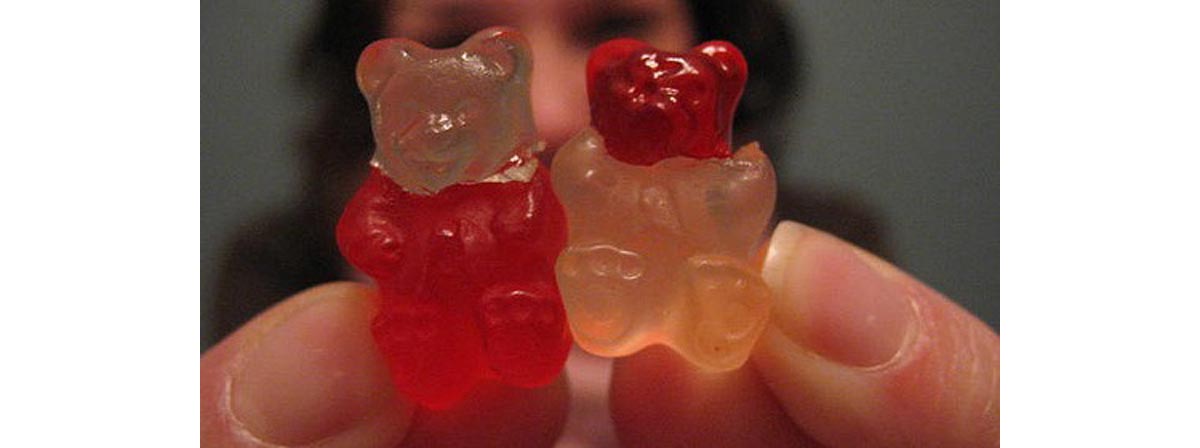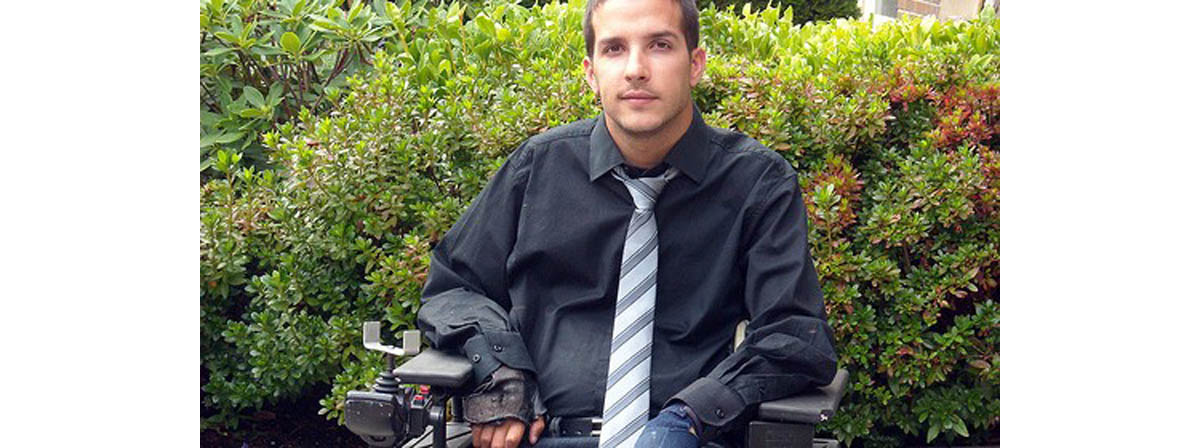It may sound like a preposterous idea, but scientists believe that it may soon be a reality — Dr. Sergio Canavero from the Turin Advanced Neuromodulation Group has published a scientific paper in the journal Surgical Neurology International, in which he alleges that it is theoretically possible to do a head transplant.

He has explained the procedure in detail and believes that, if carried out properly, it may be possible for a person to live normally after getting a head transplant.
Until now, the biggest handicap in carrying out such an operation was that the surgeons were not able to connect the spinal cords of the donor and the recipient. So, the patient receiving the head transplant would have remained paralyzed below his or her neck. However, according to Dr Canavero, if both the spinal cords are surgically severed using an ultra-sharp knife and then mechanically connected using special glue, it may be possible to achieve a complete connection that results in functionality.
Dr Canavero has named the project as HEAVEN, short for Head Anastomosis Venture. Here is a brief description of the salient features of the head transplant project. The donor for the head transplant should be a brain dead patient who matches the recipient in height, built, sex and immuno-type. The donor should not be suffering from any systemic illness or brain disease.
Both the donor and the recipient should be in a same operating theater large enough to carry out two surgeries simultaneously. A tracheostomy is to be carried out on both the bodies and they are to be put on breathing machines. While one surgical team is responsible for removing the head from the donor, another team removes the recipient’s head after cooling it to a low temperature (10 degrees Celsius). Both the operations are to be carried out together, at the same time.
Once the recipient’s head has been removed, the donor’s head should be attached within an hour so that the circulatory flow is restored properly. The arteries and veins of the transplanted head should be anastomosed to the vessels of the new body.
Using an operating microscope, the spinal cords of both the patients are to be clean cut. The two cord stumps are then to be joined together using chitosan polyethylene glycol glue. According to Dr Canavero, the clean cut would theoretically allow for the fusion of proximally severe nerve cells, called as axons, to the distal axons, to be completed. The chitosan polyethylene glycol glue facilitates the fusion of the cell membranes of these axons in the absence of any endogenous mechanism to aid the healing. He has stressed the fact that this sealant has been used previously in dogs to fuse severed spinal cords.
Canavero states that head transplant would be a boon for patients suffering from muscular dystrophy and quadriplegia
Canavero has opined that his head transplant surgery would be a boon for patients suffering from paraplegia (with enough length of functional spinal cord to accept a head transplant). Other patients who can benefit from this surgery are patients living with quadriplegia and multiple organ failure, or those patients who have intractable cancer that is spreading to almost all parts of the body but sparing the brain. Patients with muscular dystrophy have also been mentioned to be likely beneficiaries of a future head transplant surgery.

However, Dr Canavero has stressed that the first patient to undergo a head transplant surgery would be a young person whose brain and mind are intact, even when his or her whole body is ravaged by a serious illness. However, the nature of illness would not be progressive muscular dystrophy or genetic and metabolic diseases that generally affect young people.
The first successful head transplant was done way back in 1970?
If you're still incredibly skeptical and believe that a head transplant will never become a common procedure, you're not alone. However, this study is far from the only one to dive into the exciting possibility, which could save lives, greatly improve lives, and prolong lives if it were to become a reality.
Robert White has been credited for carrying out the first successful head transplant surgery way back in 1970. He, along with his colleagues, carried out a head transplant on a rhesus monkey. Although his team was successful in establishing an anastomosis between the major blood vessels (cephalo-somatic linkage), they were unable to join the spinal cord stumps.
As a result, the monkey remained paralyzed from the neck down from the time of the operation to the time of its death eight days after the surgery. Not exactly a success story, then, but still an impressive scientific feat. However, in 1999, Robert White predicted that a fully functional head transplant surgery would become a clinical reality by the end of early 21st century.
Recently, scientists working on rats, at the Cleveland Clinic and the Case Western Reserve University, were successful in restoring limited connectivity between two surgically separated parts of spinal cord. They achieved this feat by encouraging the body’s endogenous healing mechanisms which continue to be effective even in severed portions of spinal cord.
Another research, carried out on dogs, established functional connectivity between the axons of two severed parts of spinal cord, using polyethylene glycol.
The feasibility of Canavero’s experiment has been questioned by other scientists
Other scientists have laughed off Canavero’s claim stating them as just figment of fantasy. They say that it is simply not possible to reconnect severed parts of axons using glue. They have termed the whole experiment as “bad science.”
Apart from the feasibility of the procedure, Canavero’s experiment raises a multitude of bio-ethical issues. To sever a patient’s head, even if he is brain dead or suffering from multiple organ failure sounds heinous. Then, there is a question of identity that is involved. The patient with a head transplant may face identity issues. Whether he would be recognized by the identity of the head or that of the body? What would the surgery be called- a head transplant or a body transplant? Technically, the identity of a person is because of his head. But then, if such a person has a child, who would be the child’s parent- the body or the brain? The mere fact that he has termed his experiment as HEAVEN has already created a storm.
Considering all these facts, there are very few people who would place their money on a head transplant. What is your opinion?
- “HEAVEN: The head anastomosis venture Project outline for the first human head transplantation with spinal linkage (GEMINI),” by Sergio Canavero, published in the journal Surgical Neurology International in 2013, accessed on August 12, 2013
- “First-ever human head transplant is now possible, says neuroscientist,” by Christopher Mims, published on July 1, 2013, accessed on August 12, 2013
- “How to Perform a Head Transplant,” by James Hamblin, published on July 5, 2013 on the site theatlantic.com, accessed on August 12, 2013.
- Photo courtesy of ellajphillips by Flickr : www.flickr.com/photos/create_joy/3273848018/
- Photo courtesy of Simon Fraser University by Flickr : www.flickr.com/photos/sfupamr/4999234611/

